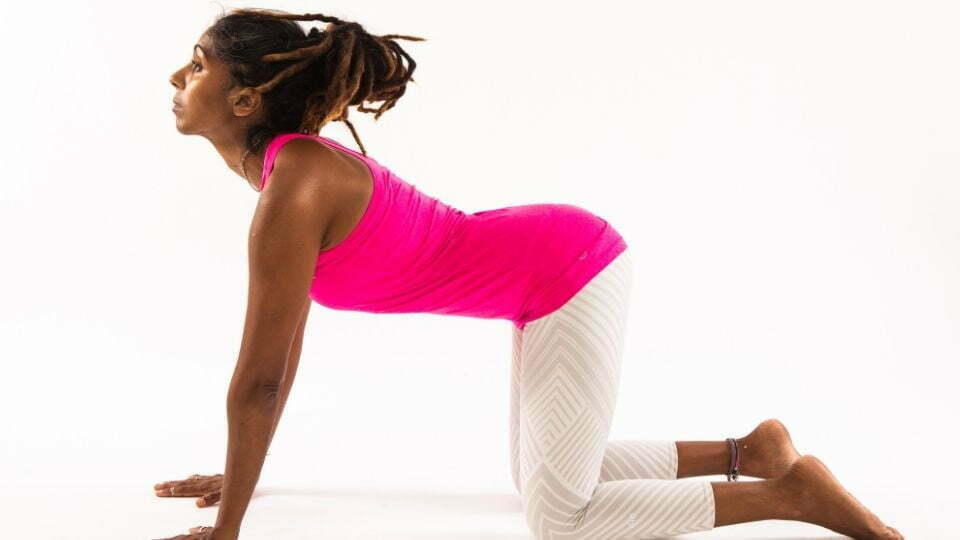
08 Feb What Are the Best Yoga Poses for Relieving Neck Pain?
YOU you suffer from neck pain? If so, you’re not alone. Many people experience neck pain at some point in their lives. Fortunately, yoga can be a great way to relieve this pain. In this blog post, we will discuss the best yoga poses for relieving neck pain. We’ll also provide tips for practicing these yoga exercises for neck pain safely and effectively. So if you’re looking for relief from your neck pain, read on!
Why Yoga Helps With Neck Pain
There are several reasons why yoga can be beneficial for relieving neck pain. For one, yoga helps to stretch and strengthen the muscles in the neck. This can help to relieve tension and stiffness in the neck muscles. Additionally, yoga helps to improve flexibility and balance. This can help you to move more easily and with less pain. Finally, yoga is a form of mindfulness meditation. Mindfulness meditation can help you to focus on your breath and relax your mind and body.
This combination of stretching, strengthening, flexibility, and mindfulness makes yoga an ideal treatment for neck pain. In fact, many people find that they no longer need medication or other treatments once they start practicing yoga regularly for their neck pain.
The Best Yoga Poses for Neck Pain
There are many yoga poses that can help to relieve neck pain. However, not all poses are suitable for everyone. So please consult with a doctor or other health professional before attempting any of these poses.
Here are five of the best yoga poses for relieving neck pain:
Puppy Pose
The Puppy Pose is a great pose for stretching the muscles in the neck and upper back. To perform this pose, start on all fours with your hands directly below your shoulders and your knees directly below your hips. Inhale and curl your toes under, then exhale and press your hips up and back, arching your spine. Keep your head down between your arms, and hold for five breaths.
Cat-Cow Pose
The Cat-Cow Pose is another great pose for stretching the muscles in the neck and upper back. To perform this pose, start on all fours with your hands directly below your shoulders and your knees directly below your hips. Inhale as you arch your spine, look up toward the ceiling, and lift your chest. Exhale as you round out your spine, draw in your navel, and look down at the floor. Repeat this movement several times with each breath.
Child’s Pose
The Child’s Pose is a great pose for relaxing the muscles in the neck and shoulders. To perform this pose, start on all fours with your hands directly below your shoulders and your knees directly below your hips. Sit back on your heels and extend your arms forward to rest them on the floor. Hold for five breaths.
Bridge Pose
The Bridge Pose is a great pose for strengthening the muscles in the neck and upper back. To perform this pose, lie on your back with your feet flat on the floor and your knees bent. Place your hands palms-down at your sides. Inhale and lift your torso and hips off the floor, extending your spine. Keep your chest lifted and your shoulders down. Hold for five breaths, then slowly lower yourself back to the floor.
Downward-Facing Dog Pose
The Downward-Facing Dog Pose is a great pose for stretching the muscles in the neck and shoulders. To perform this pose, start on all fours with your hands directly below your shoulders and your knees directly below your hips. Walk your hands forward until they are just slightly in front of you. Then lift up through the crown of your head and press your hips back, extending your spine and legs. Keep your head between your arms and hold for five breaths.
These poses can help to stretch and relax the muscles in your neck, which can help to relieve pain. They also promote better circulation and improved range of motion. However, it is important to remember that not everyone will be able to do all of these poses. If you experience any pain or discomfort while practicing them, stop immediately and consult our team for neck pain relief in Chicago. Also, be sure to listen to your body and take breaks as needed.
Is your pain in your back as well? Read Exercise Tips for Avoiding Lower Back Pain.

